In my project I use System.Diagnostics.Tracing.EventSource like this:
namespace kafka4net.Tracing
{
[EventSource(Name = "kafka4net")]
public class ConnectionTrace : EventSource
{
public static ConnectionTrace Log = new ConnectionTrace();
public void Connecting(string host, int port)
{
Log.WriteEvent(1, host, port);
}
public void Connected(string host, int port)
{
Log.WriteEvent(2, host, port);
}
}
}
I use PerfView with dynamic provider feature by defining "*kafka4net" in "Additional Providers" field. This resolves provider by its name. Works just fine. With one exception. Events I see are of kafka4net/Connecting whereas I would like to see kafka4net/ConnectionTrace/Connecting.
Generally speaking, I want event to be product/subsystem/event. I can see some system components have this structure, for example "Microsoft-Windows-DotNETRuntime/GC/Start".
I tried to put [EventSource(Name = "kafka4net-Connection")], but than I can not use it as dynamic event in PerfView because I would have to enumerate all my subsystems like "kafka4net-Connection, kafka4net-Fetcher", etc. And this is no go.
EventSource has Name property which can be top-level "product" and function name is used as lowest-level in the event name hierarchy. How do I stick in a middle element "subsystem" in event name hierarchy?
